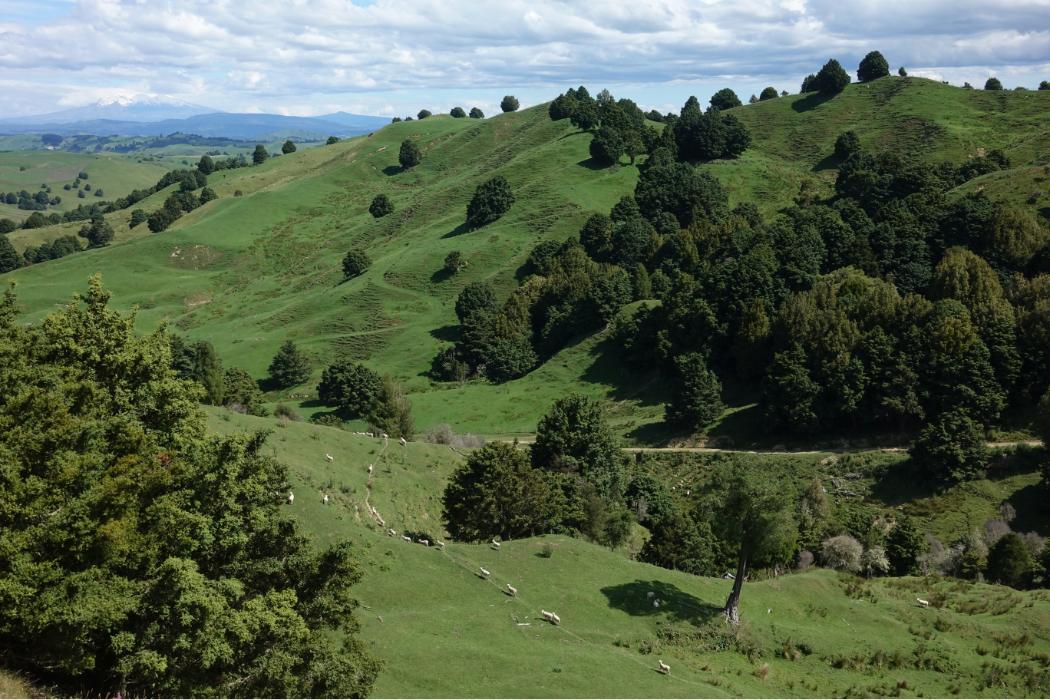Chris McCullough
Beef is a highly desirable source of protein in Greece for consumers which pushes demand high for the meat all year round.
In order to feed this demand a number of larger beef fattening units around the country supply the meat to both private customers and wholesalers.
However, Greek beef farmers say the recent financial crisis in the country has hurt food commodity prices due to consumers preferring to buy cheaper cuts, potentially from imports, rather than locally produced quality beef.
While that struggle continues to be one of the major challenges facing Greek farmers, one large beef unit is progressing well and is also fattening lambs.
Called Vootrofiki Ritsona, this farm is run by young woman farmer Ioanna Kylertzi, after she took it over from her father Apostolis, who along with his two brothers set the farm up.
Just 70km from Athens the farm fattens about 1000 calves and 14,000 lambs a year.
“I have a bachelor’s degree from the Agricultural University of Athens as an animal specialist,” Ioanna said.
“Vootrofiki Ritsona is our family business and is located in Ritsona, a mountainous territory 20km from Chalkida, and 70km from Athens, the capital of Greece.”
Ioanna imports all her beef cattle from Romania, preferring to buy male Belgian Blue animals as they grow faster on the farm rations.
With a goal of finishing the animals in just 300 days the beef carcase weighs in at 350kg, which is perfect for her customers.
“We import two-month-old Belgian Blue calves from Romania which weigh an average of 100kg while on a milk-based diet,” Ioanna said.
“After two months from their arrival on our farm their diet changes to a mixed ration of crops and straw. The system that we use is intensive, so the animals are kept indoors and are fed in lots of 10,” she said.
Ioanna uses locally produced grains and crops which are mixed into a ration on the farm.
The family is considering buying a Keenan diet feeder to add efficiency and reduce losses to their mixing routines.
“The animal feed diet consists of a mixture of concentrated crops such as corn, barley, soya and coarse feed, which is mostly wheat straw and corn silage, all fed ad-lib.
“All of these ingredients for the animals’ feed is grown, harvested and collected from cultivations near our territory.
“The food consumption varies and is dependent on their liveweight. We prefer male Belgian Blue calves as the daily live weight gain is more than 1.6kg per head and the yield from the carcase is normally over 60%.
“On this farm the fattening period is around 10 months and within 300 days the animals’ liveweight is more than 550kg.
“This is the ideal weight for us and is the weight that we remove them from the farm. The carcases kill out at around 350kg and are sold wholesale or retail in our outlets,” she said.
Temperatures in Greece vary from zero to 15C during the winter to spring and 22 to 40C during summer.
“Due to the high temperatures during the summer months we use a ventilation system in order to avoid heat stress among the cattle and any side effects.”
According to the most recent data in July 2019 from Minagric, the Greek Ministry of Agriculture, beef prices at the farm gate vary from €4 to €4.10/kg carcaseweight.
However, for young bulls prices can vary up to €4.69/kg, and can go higher for organic beef and for beef from indigenous breeds.
However, there are a few challenges for Ioanna regarding cheaper imports and lack of EU funds to help her business expand.
“The number of beef farms in Greece is reducing as the price of imported beef is more competitive. There are no EU funds for businesses that registered after 1990 like ours. The amount of EU community funds is pivotal for our case.
“Due to the fiscal crisis that Greece has been struggling with the past decade consumers prioritise their budget over quality and this is the biggest challenge for our business.
“We are doing our best to keep up with new technology but due to the aforementioned reasons we have to be very selective on the matter.”




